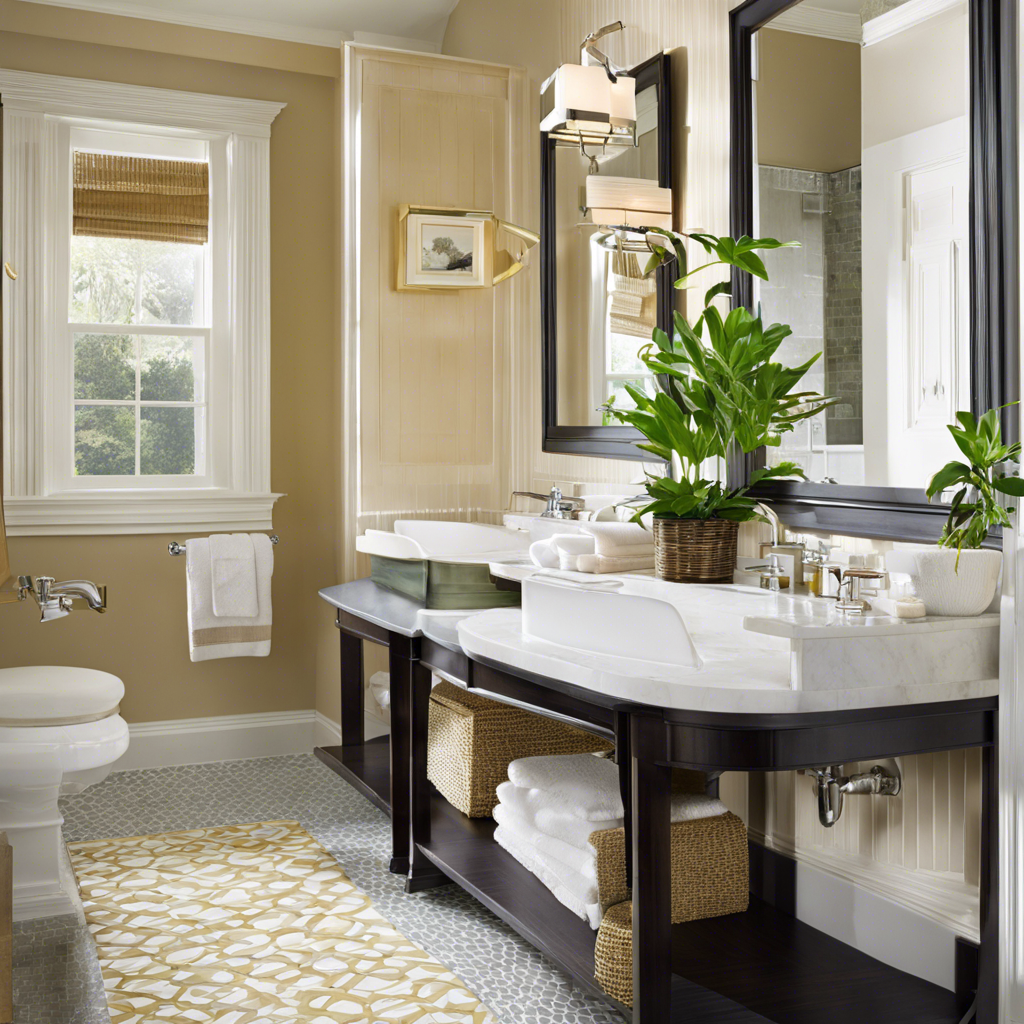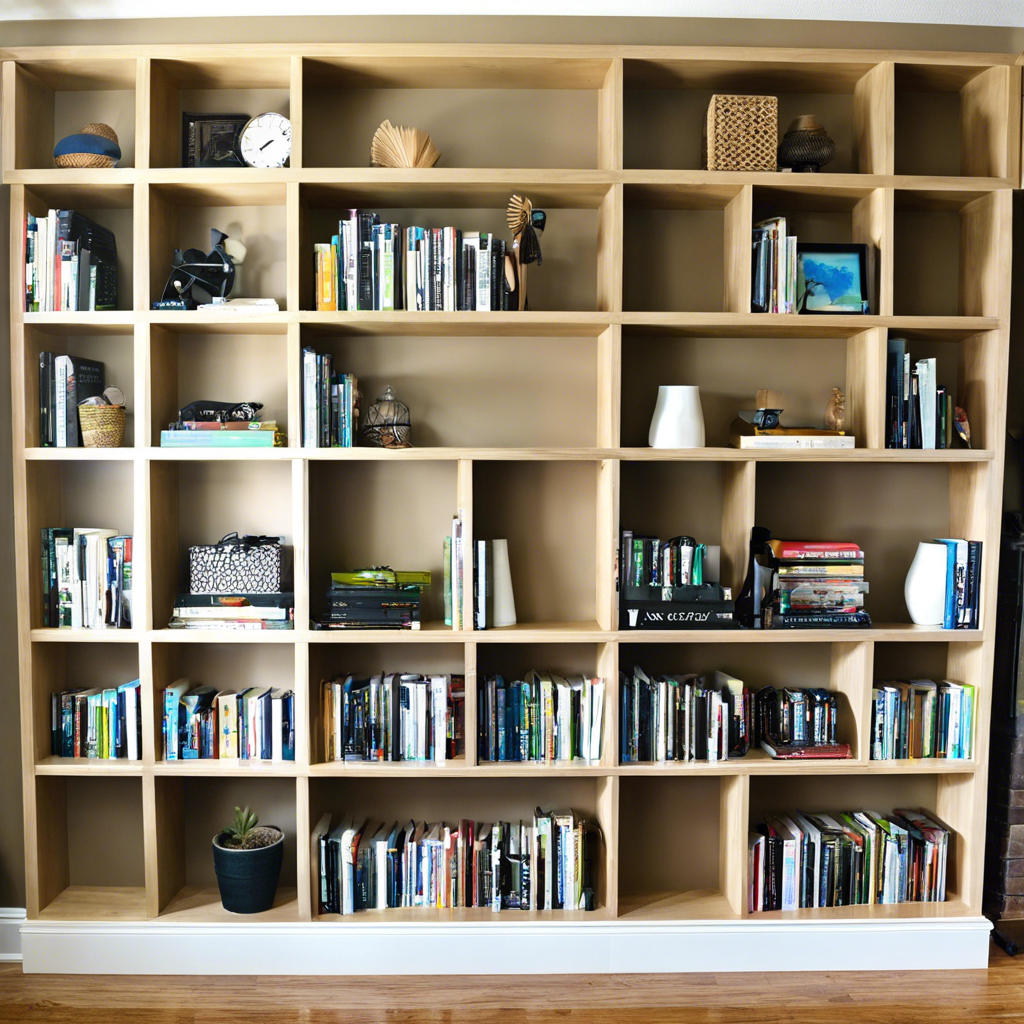Refinishing hardwood floors can seem like a daunting task, but with the right tools, knowledge, and patience, you can achieve beautiful results that transform the look and feel of your home. The process can be broken down into several manageable steps, ensuring a smooth and successful project from start to finish.
First, assess the condition of your floors to determine if refinishing is the best course of action. Over time, hardwood floors can become scratched, stained, and dull, but these surface-level issues can often be resolved through the refinishing process. However, it’s important to check for any structural damage, such as warping or rot, which may require more extensive repairs.
Once you’ve determined that your floors are suitable for refinishing, the next step is to choose the right tools and materials. You’ll need a floor sander (either a drum or orbital sander), sandpaper in various grits, a shop vacuum, and a tack cloth for removing dust. In terms of finishing materials, you can choose from water-based or oil-based polyurethane, each with its own advantages and disadvantages. Water-based polyurethanes dry faster and have low odor, while oil-based options provide a richer color and are more durable.
The sanding process is key to the success of your project. Start with a lower grit sandpaper (around 60-80 grit) to remove the old finish and any scratches or stains. Always sand with the grain of the wood and take your time to ensure even results. Progress through the grits, ending with a fine 220-grit sandpaper to create a smooth surface ready for staining or sealing.
Vacuuming and tacking are essential steps to ensure a clean surface for staining. Use a shop vacuum to remove all the dust created during the sanding process, paying close attention to the corners and crevices. Follow this with a tack cloth to pick up any remaining dust particles, ensuring a smooth and professional finish.
Apply your chosen stain carefully, following the manufacturer’s instructions, and allow it to dry completely. The staining process can be skipped if you prefer the natural look of the wood. Finally, seal and protect your floors with your chosen polyurethane finish, applying thin, even coats with a paint roller or brush.
Proper ventilation is crucial during the finishing process, so open windows and use fans to ensure a steady airflow. Drying times can vary, so always refer to the manufacturer’s instructions, and be sure to allow ample time for curing before replacing furniture and fully utilizing the space.
With these steps, you’ll be well on your way to achieving beautiful, refinished hardwood floors that will impress for years to come. Just remember to take your time, work meticulously, and always prioritize proper preparation for the best results.



